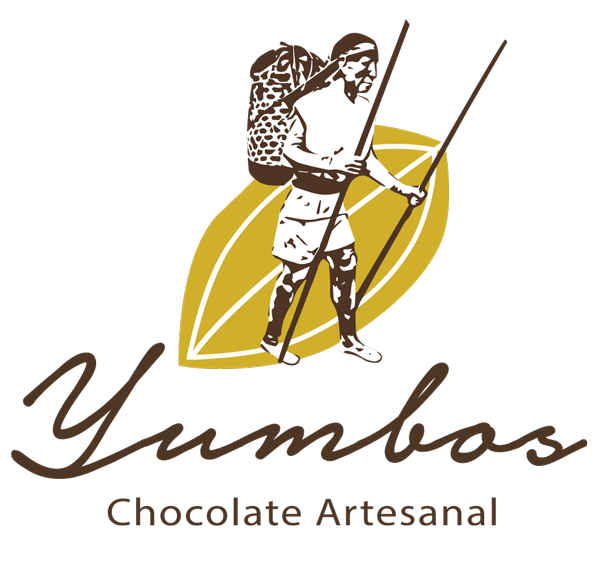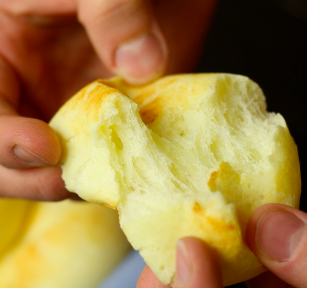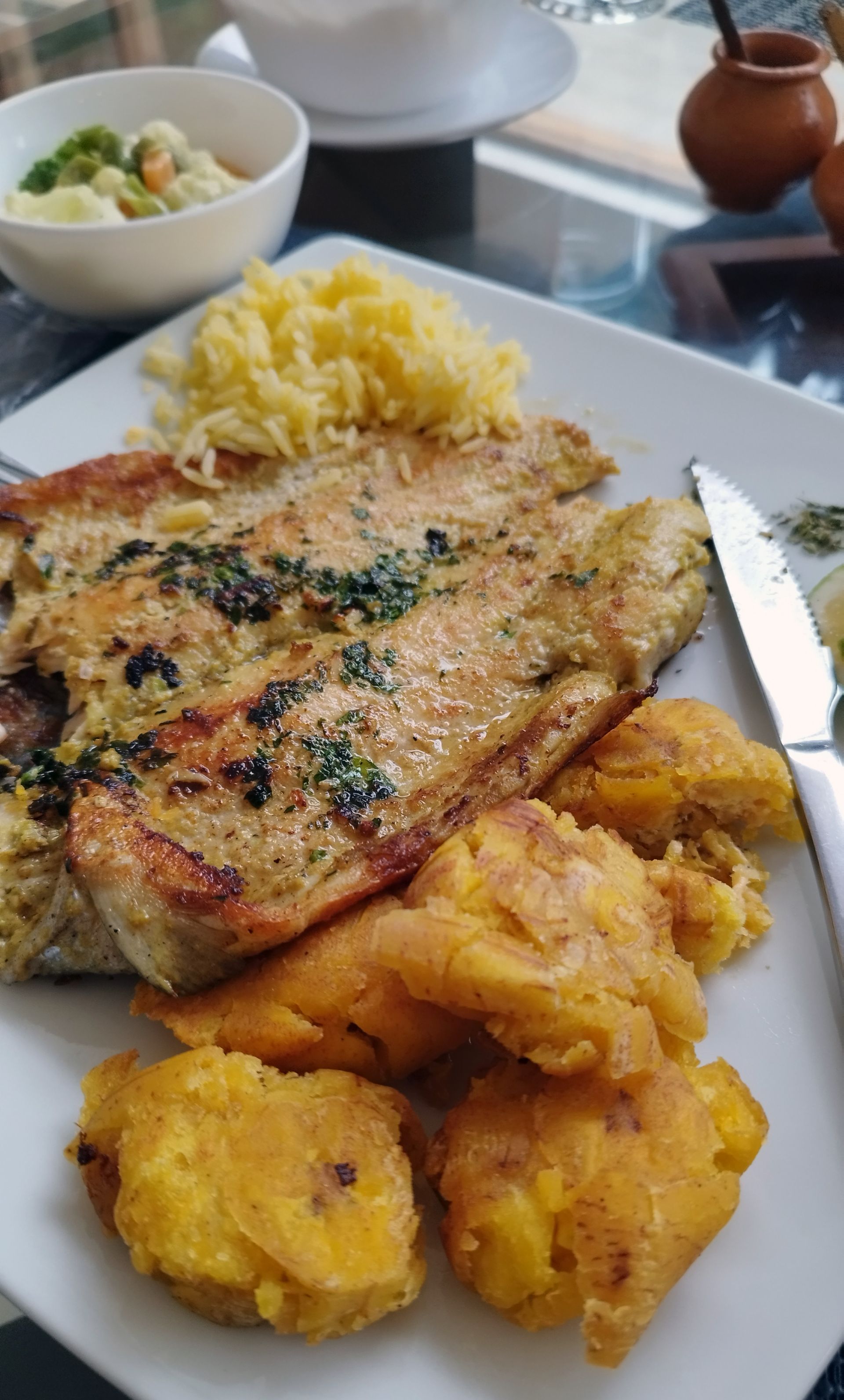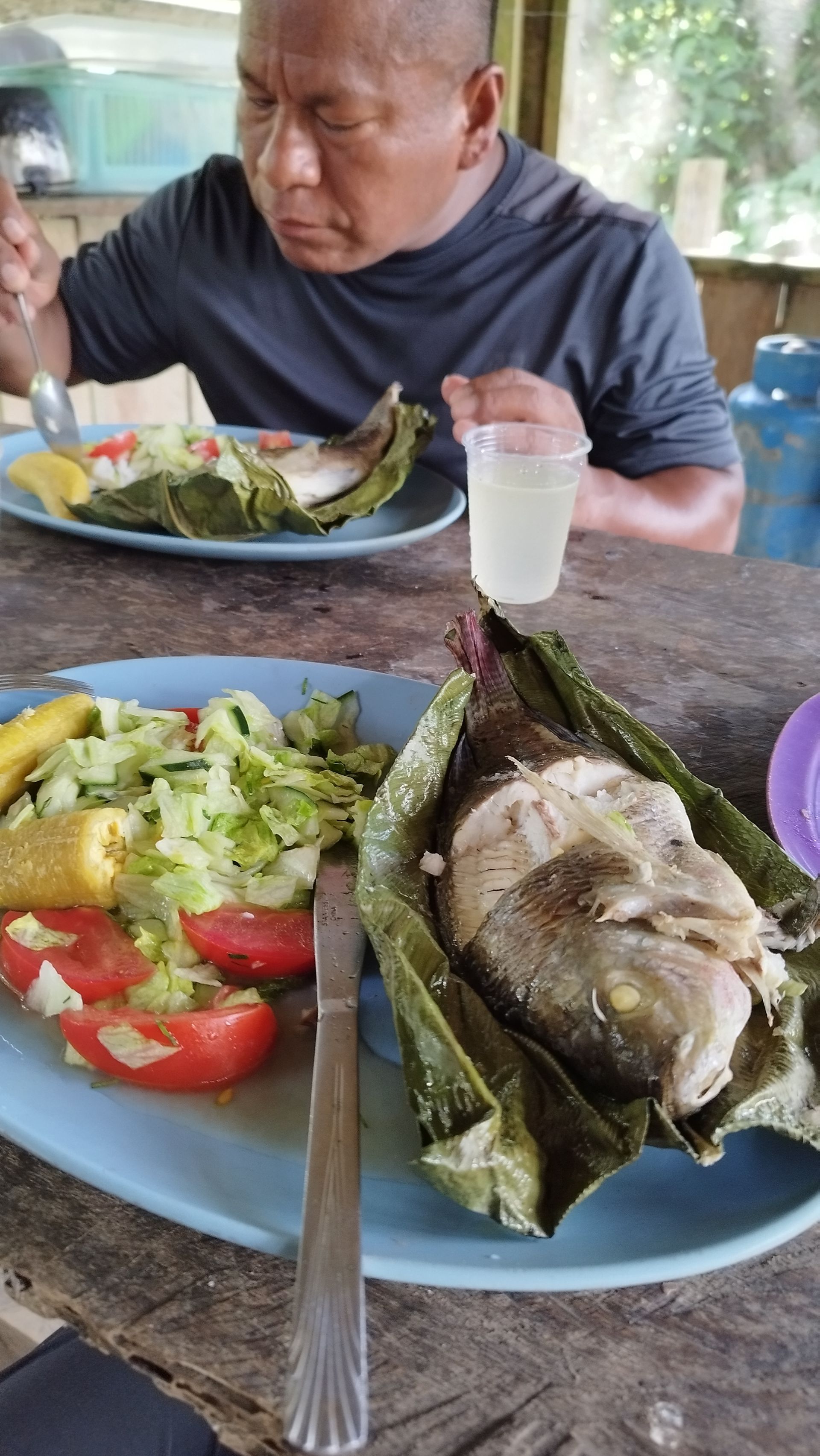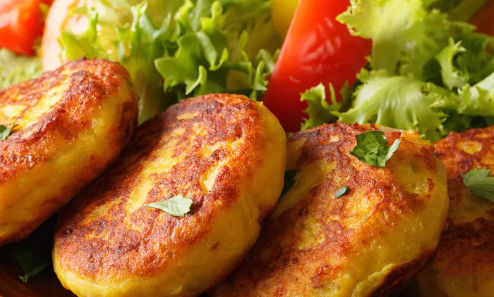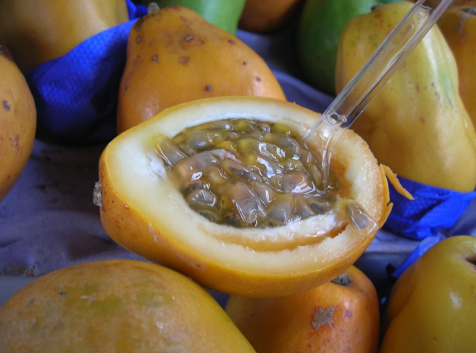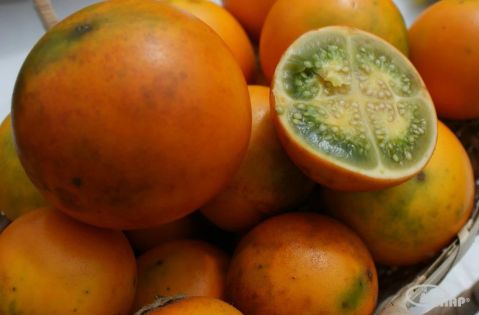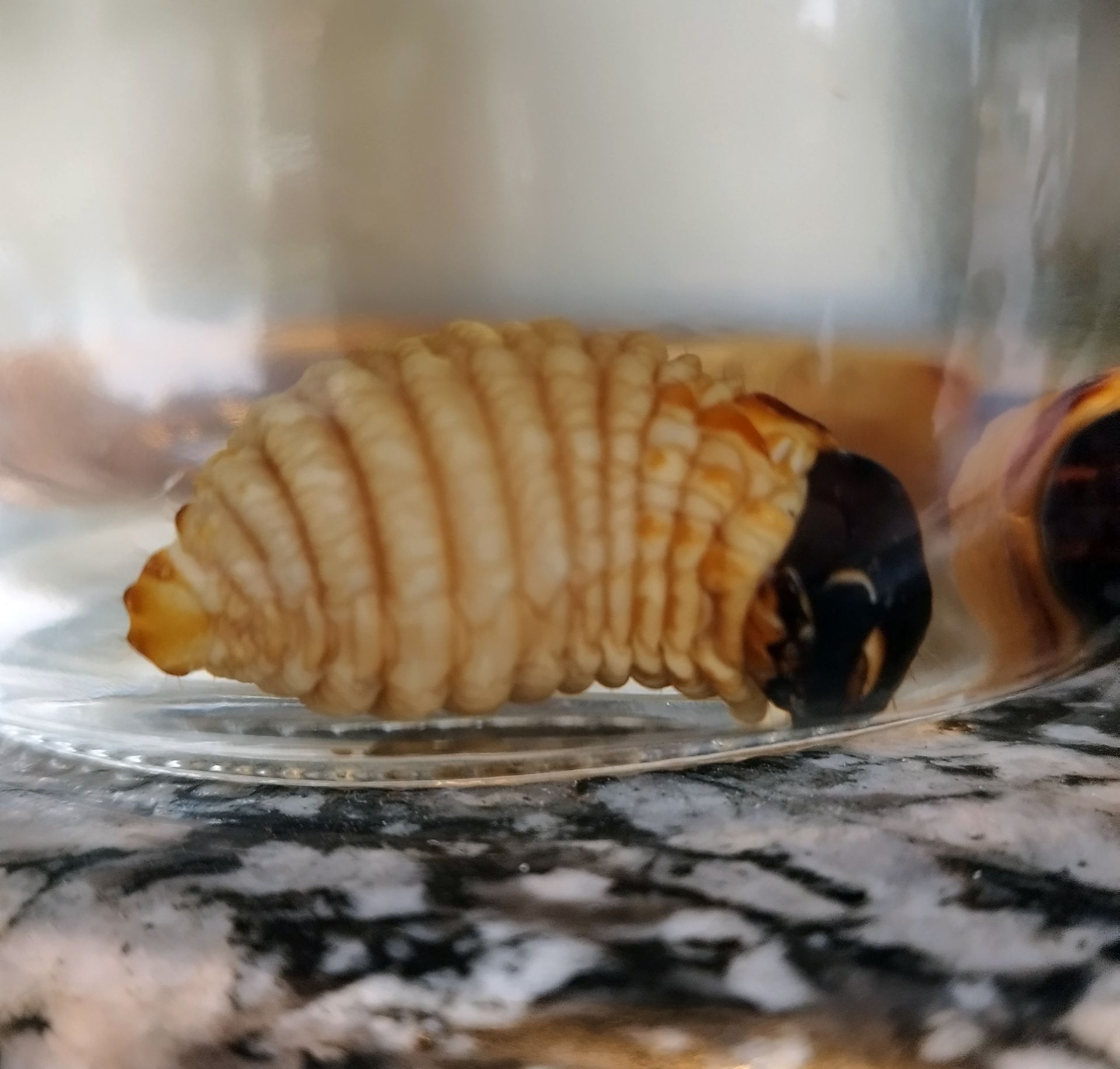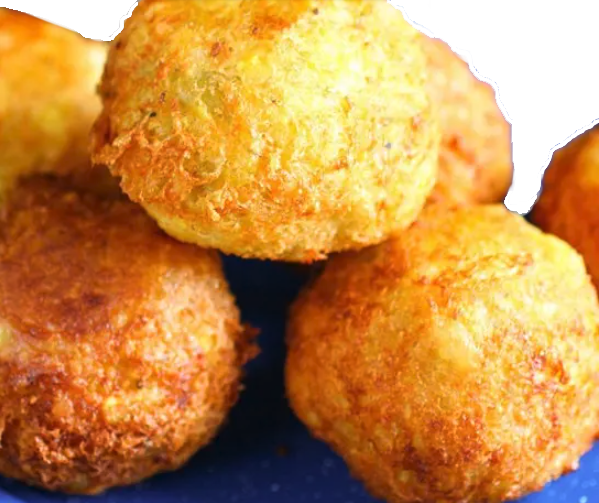
Ecuadorian cuisine
Food that's fresh, local and delicious
Ecuadorian cuisine
Food that's fresh, local and delicious
My guide Anderson spent most of the time taking the micky out of me as the words most commonly out of my mouth were "I'm huuuuuungry". Could be the phenomenal amount of walking up and down steep terrain I was doing for hours on end, or just because the food was so good. It was one of the big surprises during my trip.
The lodges always offered three-course breakfasts, lunches and dinners made with super fresh ingredients. They were interesting traditional dishes served in huge quantities (many, many juicy prawns, river fish, pork, chicken, beef, goat, plantain, beans, lentils, fruits, rice). The only thing I had to pass on were the chontacuro (palm weevil grubs). And eggs - I hate them but if you love them then Ecuador is your place.
Some of my hightlights were:
Batidos de frutas
- Ecuadorians love their fruit juices! Served in a pint glass and freezing cold with most meals, the range is broad and irresistible. Often blended together, the most popular are:
- Naranjilla grows in a similar manner as an eggplant, on a small bushy plant.
- Maracuya, better known as passion fruit.
- Guanabana (soursop) is a huge fruit, about 12 inches tall and 6 inches around. When blended, it has the texture of a yogurt smoothie.
- A babaco looks like a starfruit but is about the size of a large papaya.
Ecuadorian pan de yuca
- small cheesy bread rolls made with yuca flour (cassava/tapioca starch) and cheese. Served hot, they string out like mozzarella dough balls when you pull them apart. I ate the whole basket of six at the Napo Cultural Centre one night.
Bolon de Verde
- Considered a national dish, this baseball-sized ball of dough has outer layers made of mashed green plantains, while the inside contains pork (or other meat) or cheese. It’s pan-fried until golden and served hot for breakfast and/or lunch.
Encocado de Pescado
- fish in a unique coconut sauce. The most common fish used in the recipe is Covina, but I had juicy prawns in our favourite beach café in Cojimies served simply with white rice and fried plantains.
Empanada
- Ecuador is known for its fried empanadas, especially empanadas de morocho which have a pastry made with a special kind of cornmeal. The one I had for breakfast at Refugio de les Aves before the Paz brothers took us out to see the Antpittas will be etched in my sensory memory forever. Heavens, that homemade piquant onion salsa on the side!
Llapingachos
- a potato patty stuffed with cheese and cooked to golden-brown crust perfection on a griddle.
Truga
- Trout farms were dotted all over the river regions near Mindo. Fast-flowing clear mountain streams are perfect for producing tasty fish.
Tilapia
- Although an introduced species, tilapia has become an iconic ingredient in Indigenous and local cuisine in the Amazonia of Ecuador, and the country now accounts for about 48% of the total volume of fresh tilapia fillets imported to the U.S. It divides opinion (taste, growing conditions etc) but Sergio very kindly cooked me some wrapped in banana leaves over an open fire at his forest home. Delicious!
Salsas
- none of these dishes would be the same without the fantastic range of pungent side sauces (not always hot but always tasty).
CHOCOLATE
No visit to the Mindo region in Ecuador would be complete without some serious involvement with chocolate - the history, the manufacturing process and of course the tasting. Some of the best raw cacao in the world comes from here and Yumbos had it all. A fantastic tasting tour of what goes on behind the scenes to supply the likes of Switzerland and Belgium with the finest raw ingredients.
I filmed this short video about the two types of cacao tree but it's worth taking a look at Yumbos' own website for more info.
